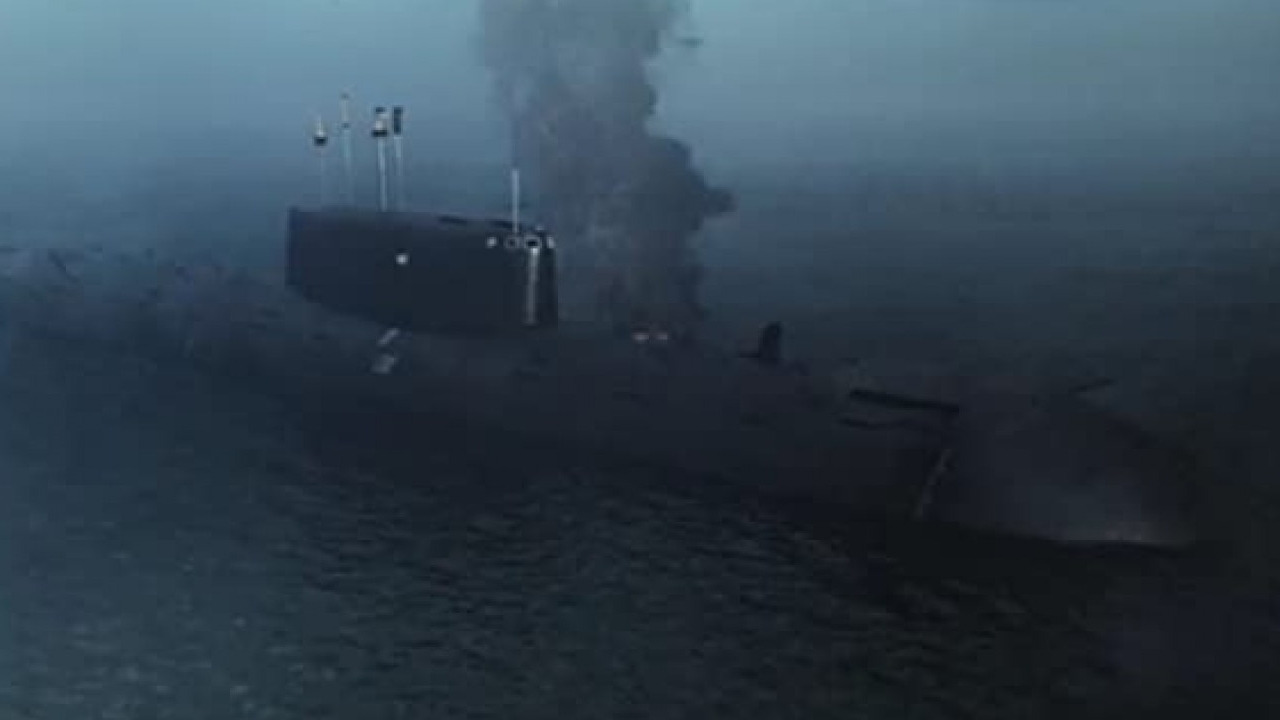Drain The Oceans is a captivating documentary series produced by National Geographic, set to unveil some of the secrets of the underwater world. The series offers a unique perspective on bodies of water, using computer-generated imagery (CGI), advanced technology, and scientific research to give viewers a glimpse of the sunken treasures and hidden stories that lie beneath the surface.
One of the episodes of Drain The Oceans delves into one of the country's most iconic rivers: the Mississippi. The show explores how the river has shaped the landscape, wildlife, and human societies over thousands of years. The program aims to examine the river's ecological and geological history, as well as the human dramas that played out on its banks. The CGI imaging technology creates a stunning visual representation of the river and its surrounding environment, providing an immersive and educational experience to viewers.
Drain The Oceans also puts its focus on one of America's most significant wartime moments: the Arctic War. The program takes on the ambitious task of investigating the significant events that took place during the strategic battle fought in the Arctic. Even though the battle is often overlooked, it is considered by some military historians as one of the most significant battles fought in World War II. The dynamic imagery and elegant computer simulations allow viewers to engage with the historical and geographical features of the battlefield, presenting an entirely unique view of the Arctic battlefield.
The show uses a state-of-the-art computer model to drain the oceans and uncover the secrets that lie beneath. This extraordinary technology showcases how the Mississippi River was formed naturally and how human-made modifications have affected the river. The Mississippi River is an essential lifeline for America's heartland, serving as a vital source for commerce, transportation, and agriculture. But it's also a river with a deep history, including its use in the civil rights movement for equal rights and the horrific practice of slavery.
The second part of the show is just as intriguing, exploring the strategic significance of the Arctic War. Ice, harsh weather, and a vast expanse of uninhabitable lands made it incredibly challenging and dangerous for the soldiers who fought in the Arctic. Drain The Oceans employs advanced CGI imaging technology to create a stunning visualization of the battlefield, showcasing the significance of the actions taken by the Allied and German forces. The program takes the viewer on an incredible journey- exploring the lives of the soldiers and warriors, their triumphs, and their tragedies.
Drain The Oceans is an awe-inspiring documentary series, providing an engaging experience to viewers of all ages. The show is well-produced and informative, with a sharp focus on scientific accuracy and historical significance. The intricate yet simple blend of historical drama and scientific research is both informative and visually stunning, bringing the stories of the past to life with remarkable precision.
The documentary series aims to educate viewers about the world beneath our waters, opening our eyes to the hidden secrets, and the remarkable stories of our past. The use of cutting-edge technology and a deep understanding of the world's natural history demonstrates the importance of marine conservation and provides an excellent tool for future research to aid in its preservation.
In conclusion, Drain The Oceans is a must-see documentary series, with each episode offering an insightful and immersive experience. The Mississippi River and Arctic War episode is a perfect representation of the series, weaving together human history, natural phenomena, and technological marvels in a way that is educational, entertaining, and downright fascinating. Drain The Oceans sets a high bar for documentary programing â one that is not easy to match.
Drain The Oceans: The Mississippi River & Arctic War is a series that ran for 1 seasons (2 episodes) between October 6, 2021 and on National Geographic




 MyFreeDIRECTV is a new free premium TV experience.
MyFreeDIRECTV is a new free premium TV experience.
 Enjoy a curated selection of popular free live channels and On Demand library.
Enjoy a curated selection of popular free live channels and On Demand library.
 Try the DIRECTV experience - All you need is the DIRECTV app.
Try the DIRECTV experience - All you need is the DIRECTV app.


































